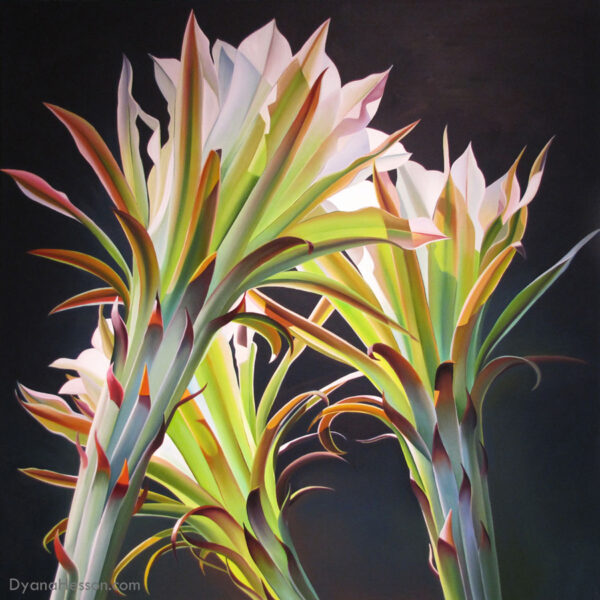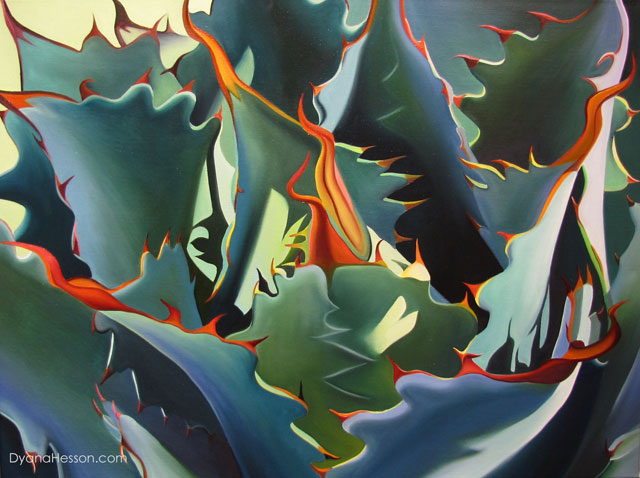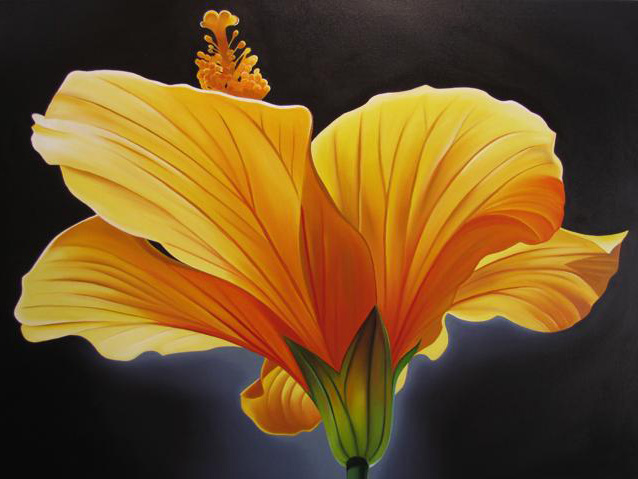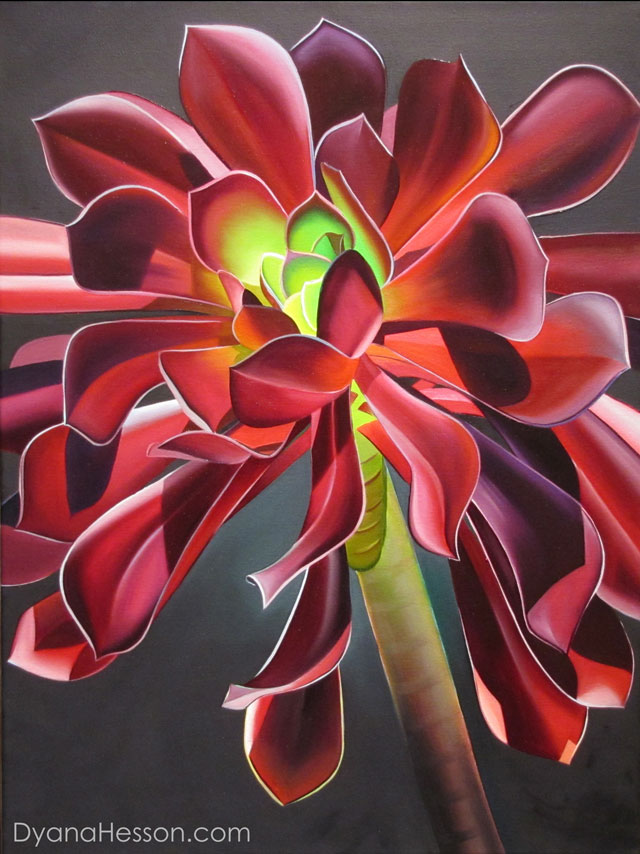Description
This painting is available at the 2oth annual COWGIRL UP exhibit, Desert Caballeros Western Museum, Wickenburg
Register for Events: COWGIRL UP
Inquire about Purchase: email Call: 928-684-2272
A Thousand Words
Antelope Horns Milkweed and Juniper Hairstreak Butterfly Near the East Verde River, AZ
Bloomed 5/15/24
50×40 Oil on Canvas
$17,600
When I was a kid, I was obsessed with the August 1976 issue of National Geographic. The cover featured a Mexican woman seemingly dressed in–and surrounded by–monarch butterflies. The pages inside told the story of the annual monarch migration to Mexico, but I doubt I read the story. Back then I just looked at pictures; there were too many words. That same year, on a California road trip with my parents, I had been enthralled by monarchs hanging on the trees in Monterey. I fell in love with butterflies and doodled them on school notebooks.
These days, I’m a better reader, and love to research the plants I paint. And recently, the butterfly of my youth has led me to its host plant: the complex and vitally important milkweed.
There are over 30 species of milkweed in Arizona, but this one–the antelope horns–likes a certain terrain. A little higher, a little cooler, a bit remote; just my style.
So on a nice day in May, we went looking near Payson in the Mazatzal Mountains, with the East Verde River trickling nearby. Not a bad assignment. This land has been disturbed over the years by Native Americans, ranchers and bovine feet, which ironically is why these plants thrive here. Tall, stately and covered with pollinators, I began to spot them, mostly near the old Dolly Baby Ranch.
These plants are Airbnbs for pollinators, but it’s not a simple check-in. The unusual structure of the flower regulates pollination. Insects snag sacs of pollen on their legs, but then they must be perfectly inserted in the slits behind the crown. If the pollen is inserted backwards, the grains germinate in the wrong direction and are wasted. This is why there are so few pods produced per plant. For butterflies, it’s a survival game too; their species only lays eggs in milkweed, thus their declining numbers.
On this day, the juniper hairstreak butterfly was diligently pollinating. As I watched him work, it felt like I was witnessing a miracle. It’s moments like these that fuel the work of my hands.
After a long hike and a ritual soaking of my feet in the Verde, we began our drive home, over the hills and into the sunset. I feel pretty tiny on days like that; the world is so big and marvelous, and I’m grateful to be a part of something so wild.
A picture is worth a thousand words.





